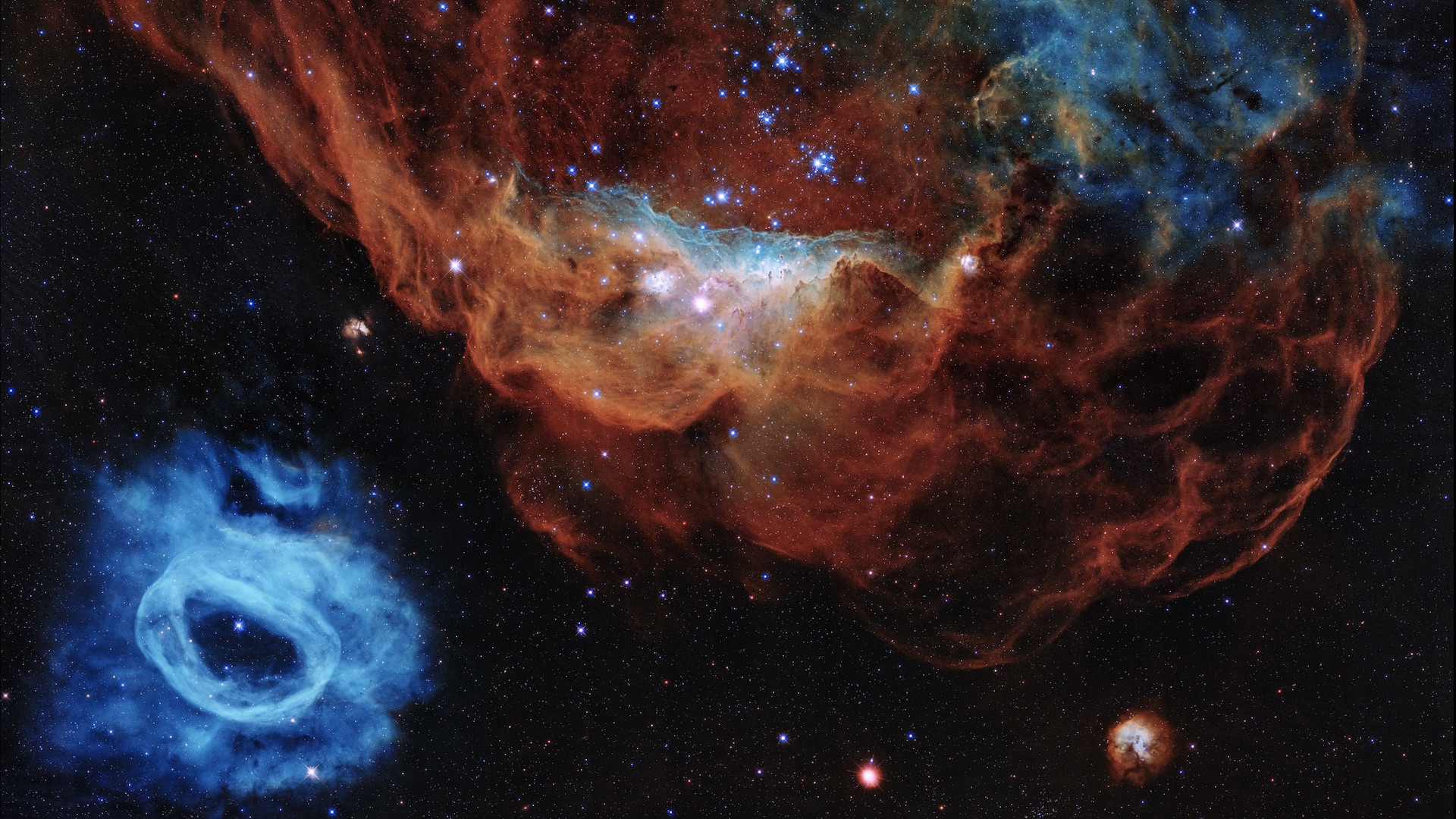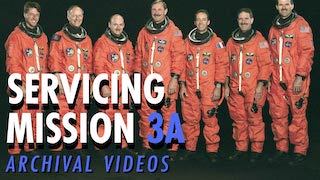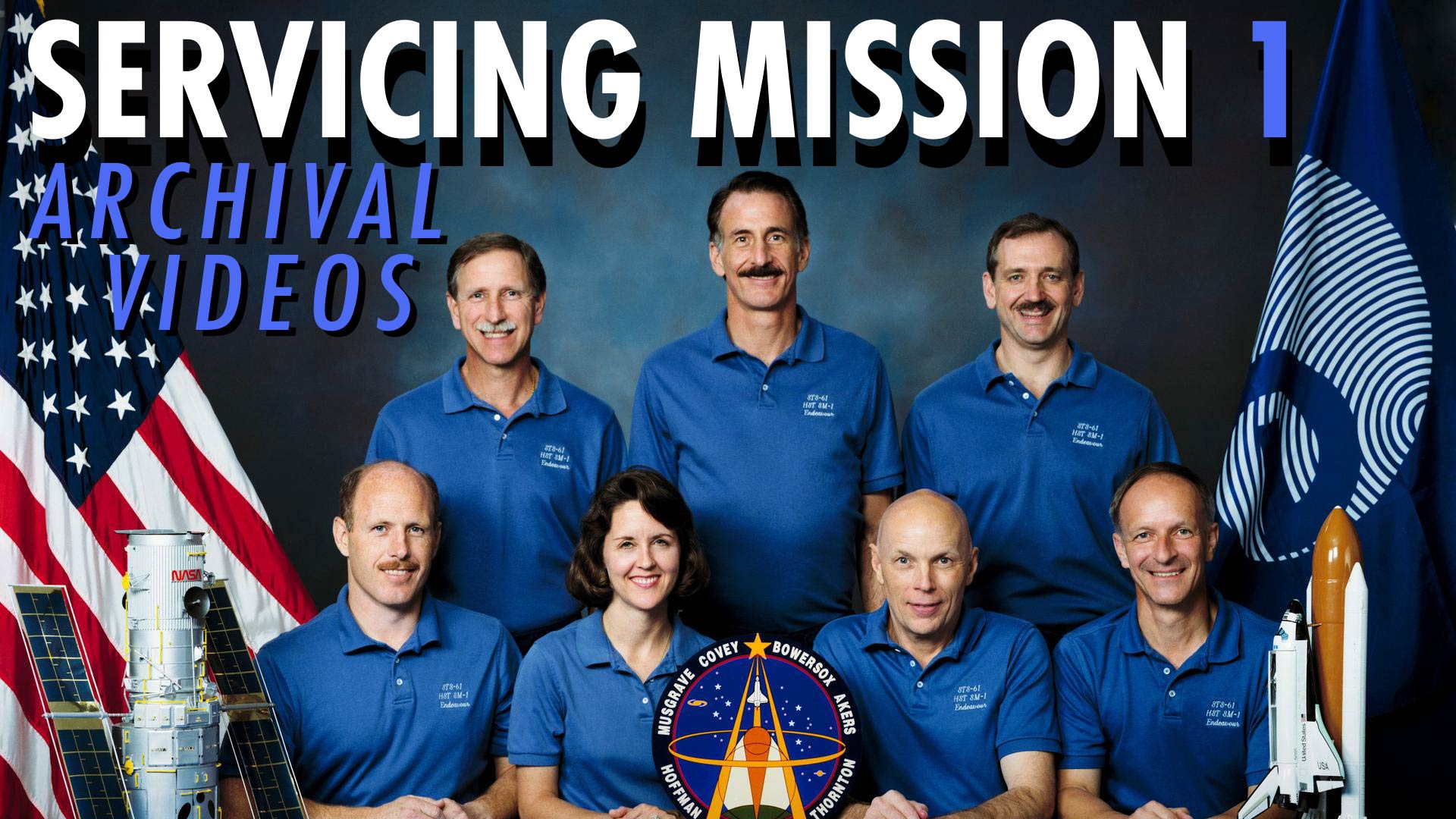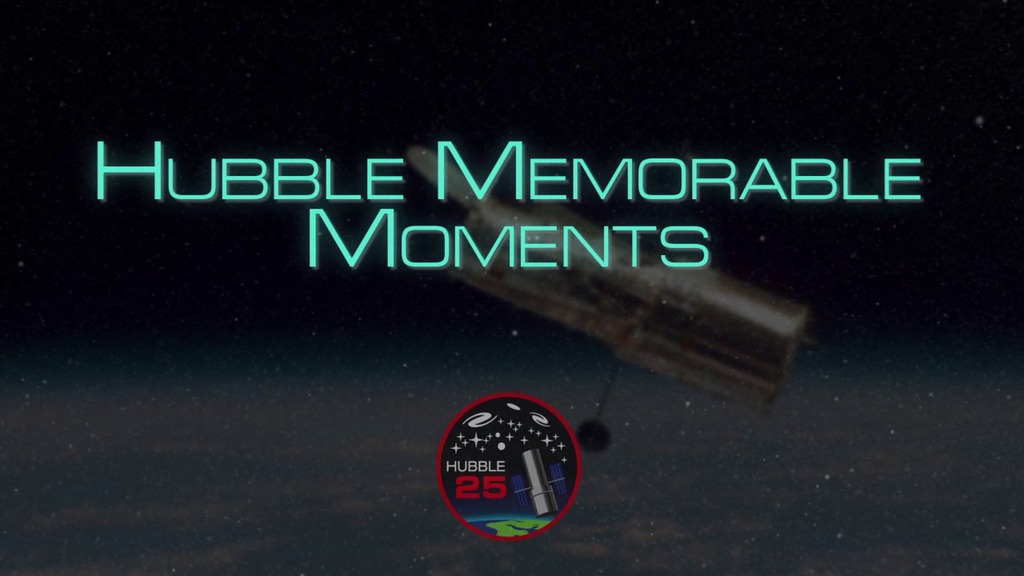Hubble Celebrates 25 Years Of Servicing In Space
Live at the ROC: Hubble astronauts broadcast live from the Goddard Space Flight Center’s innovative Robotic Operations Center (ROC) as they discuss the history of Hubble servicing and how the future of satellite servicing is being made today.
Twenty-five years ago today, a group of astronauts ascended in the space shuttle to accomplish a feat of unprecedented proportions: to fix Hubble, in space, while orbiting Earth at over 17,500 miles per hour. These seven astronauts would be implementing a repair and upgrade hundreds of scientists and engineers conceived, designed and tested on Earth at multiple locations including NASA’s Johnson Space Center, Goddard Space Flight Center and Jet Propulsion Laboratory.
The Hubble we know and love today is the most productive space telescope ever launched. The data it has provided the world has prompted unparalleled discoveries, and it continues, after 28 years of science, to tell us more about our universe every day. Much of this incredible track record can be attributed to Hubble’s remarkable longevity. So, how has Hubble survived for so long, over a decade longer than originally intended?
The answer to Hubble’s persistent history of excellence and science lies with a wide and diverse group of dedicated individuals committed to making a telescope designed with the capability to be upgraded and repaired — also known as “servicing” — once it was already in space.
To read the full feature about servicing Hubble click HERE.
For the latest on Hubble check out @NASAHubble on Twitter and Hubble on Facebook
In celebration of the 25th anniversary of the Hubble Space Telescope’s first servicing mission, astronauts Kathryn Thornton and Jeffrey Hoffman tell the story of that successful, groundbreaking mission during a livestream event from Goddard Space Flight Center.
A panel of astronauts from the Hubble Space Telescope deployment and servicing missions celebrates 25 years of servicing with a live discussion from Goddard Space Flight Center about the challenges of working on a telescope in space.
Credits
Please give credit for this item to:
NASA's Goddard Space Flight Center
-
Producers
- Haley Reed (ADNET Systems, Inc.)
- Michelle Handleman (USRA)
-
Directors
- Rich Melnick (KBR Wyle Services, LLC)
- Stuart A. Snodgrass (KBR Wyle Services, LLC)
-
Engineer
- Pat Kennedy (KBR Wyle Services, LLC)
-
Videographers
- Rob Andreoli (Advocates in Manpower Management, Inc.)
- John Caldwell (Advocates in Manpower Management, Inc.)
-
Audio technicians
- Mike Velle (KBR Wyle Services, LLC)
- Chris Meaney (KBR Wyle Services, LLC)
-
Technical support
- Swarupa Nune (InuTeq)
- Aaron E. Lepsch (ADNET Systems, Inc.)
Release date
This page was originally published on Thursday, December 13, 2018.
This page was last updated on Wednesday, May 3, 2023 at 1:46 PM EDT.




